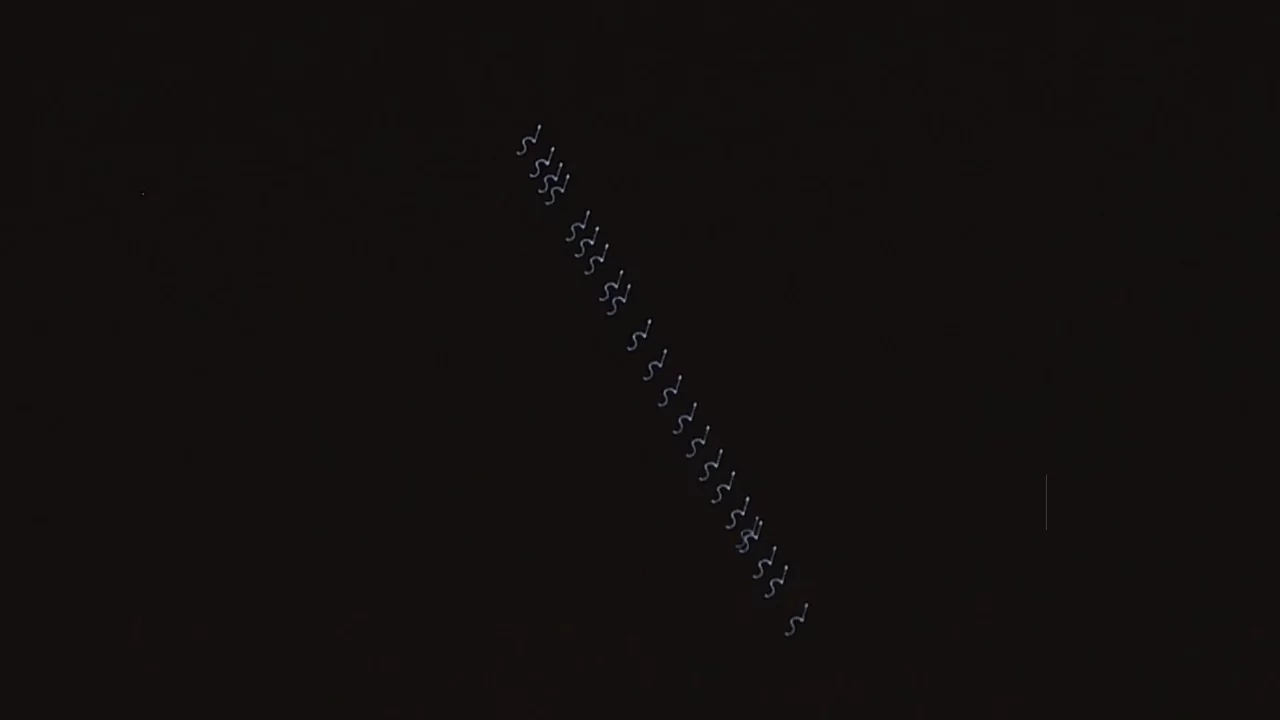Starlink is a satellite internet constellation operated by SpaceX, a company founded by Elon Musk, that aims to provide high-speed, low-latency, and affordable internet access to almost anywhere on Earth. But how many Starlink satellites are currently in orbit, and what are the implications of this ambitious project for astronomy and the environment? This article will answer these questions and more.
Overview of Starlink: What is it?
Starlink is a project that involves launching thousands of small satellites into low Earth orbit (LEO), which is the region of space between 160 and 2,000 kilometers above the Earth’s surface. These satellites communicate with each other and with ground stations using radio waves and lasers, forming a network that can deliver broadband internet to users with a Starlink dish and a Wi-Fi router.
The idea of using LEO satellites for internet service is not new, as several companies have attempted or proposed similar projects in the past, such as Iridium, Globalstar, and Teledesic. However, Starlink is the first and largest constellation of its kind, and it benefits from the technological advances and cost reductions achieved by SpaceX in the field of reusable rockets and mass-produced satellites.
Starlink was first announced by Elon Musk in 2015, and the first two prototype satellites, named Tintin A and B, were launched in 2018. Since then, SpaceX has launched over 100 Starlink missions, each carrying 60 satellites on average, using its Falcon 9 rockets. The company has also obtained regulatory approval to launch up to 12,000 satellites in various orbital planes and altitudes and has applied for an additional 30,000 satellites in the future.
Starlink began offering beta service to select customers in the US, Canada, and the UK in late 2020 and has since expanded to over 60 countries, including Australia, New Zealand, Germany, France, India, Japan, and Brazil. The service costs $99 per month, plus a one-time fee of $499 for the equipment, which includes a self-aligning dish, a Wi-Fi router, a power supply, and a tripod. Starlink claims to offer speeds of 50 to 150 Mbps, with a latency of 20 to 40 milliseconds and plans to improve these metrics as more satellites and ground stations are deployed.
How Many Starlink Satellites Are Currently In Orbit?
- Number of satellites in orbit: Over 5,000
- Operational satellites: 4,487
- Planned satellites: Nearly 12,000
- Long-term goal: 42,000 satellites
- Altitude: 550 kilometers (340 miles)
- Purpose: Provide broadband internet access to people all over the world
- Concerns: Potential interference with astronomical observations, space debris, and risk of collisions
Despite the concerns, Starlink is a major technological achievement and has the potential to revolutionize internet access around the world. It will be interesting to see how SpaceX addresses the concerns raised by NASA and other organizations as the constellation continues to grow.
Impact of Starlink on Astronomy and the Environment
Starlink has been the subject of controversy and criticism from some astronomers and environmentalists, who are concerned about the potential negative effects of the constellation on the night sky and the orbital environment. Some of the main issues raised are:
- Light pollution: Starlink satellites are visible to the naked eye as bright streaks or dots that move across the sky, especially during dawn and dusk, when they reflect sunlight. This can interfere with the observations of ground-based telescopes, which rely on dark and clear skies to capture faint and distant objects. Some astronomers have reported that Starlink satellites have ruined their images or data, and have warned that the constellation could pose a threat to the scientific and cultural value of the night sky.
- Space debris: Starlink satellites add to the already congested and crowded orbital environment, where thousands of satellites and millions of pieces of debris pose a risk of collision and fragmentation. Although Starlink satellites are designed to avoid collisions and deorbit safely, there is still a possibility of failure or malfunction that could result in debris creation. Some experts have argued that Starlink and other mega constellations could increase the likelihood of a chain reaction of collisions, known as the Kessler syndrome, that could render some orbits unusable for future satellites.
SpaceX has attempted to address some of these concerns by implementing various measures, such as:
- Reducing the brightness of the satellites: SpaceX has experimented with different coatings and shades to make the satellites less reflective and more stealthy. The company has also installed visors or sunshades on the satellites to block the sunlight from reaching the antennas, which are the most reflective parts. According to SpaceX, these modifications have reduced the brightness of the satellites by about 50%, making them less noticeable to the human eye and to telescopes.
- Cooperating with the astronomical community: SpaceX has established a dialogue with astronomers and other stakeholders to share information and coordinate activities. The company has provided orbital data and predictive tools to help astronomers avoid or mitigate the impact of Starlink satellites on their observations. The company has also agreed to adjust the orbits or orientations of some satellites to minimize their interference with certain telescopes or projects, such as the Vera C. Rubin Observatory in Chile.
- Complying with the orbital debris mitigation guidelines: SpaceX has followed the best practices and standards recommended by various national and international agencies and organizations, such as the Federal Communications Commission (FCC), the National Aeronautics and Space Administration (NASA), and the Inter-Agency Space Debris Coordination Committee (IADC). These guidelines include limiting the orbital lifetime of the satellites, ensuring their maneuverability and controllability, and avoiding intentional breakups or explosions.
Future Plans for Starlink and Its Potential Impact
Starlink is not only a technological feat but also a potential game-changer for the internet industry and society at large. Some of the plans and implications of Starlink are:
- Launching more satellites: SpaceX plans to launch thousands more satellites in the coming years, reaching a total of 12,000 by 2026, and possibly 42,000 in the future. This would enable Starlink to offer faster, more reliable, and more widespread internet service, as well as to support more users and applications.
- Providing global mobile phone service: SpaceX has applied for a license from the FCC to use Starlink to provide mobile phone service, not only to fixed locations, but also to moving vehicles, such as cars, trucks, ships, and planes. This would allow Starlink to compete with traditional cellular networks and to offer connectivity in areas where terrestrial infrastructure is lacking or unreliable.
- Improving internet access in rural and remote areas: Starlink has the potential to bridge the digital divide and to bring internet access to millions of people who currently lack it or have poor service. Starlink could enable online education, telemedicine, e-commerce, and other social and economic benefits for rural and remote communities, especially in developing countries. Starlink has already partnered with several organizations and governments to provide internet service to underserved areas, such as Native American reservations, rural schools, and disaster zones.
- Influencing the future of low-Earth orbit satellite networks: Starlink is the pioneer and leader of the new generation of LEO satellite constellations, but it is not the only one. Several other companies, such as OneWeb, Amazon, and Telesat, have also launched or plan to launch their own LEO internet satellites, creating a competitive and dynamic market. Starlink could set the standards and norms for the future of LEO satellite networks, as well as inspire new innovations and applications in the space sector.



